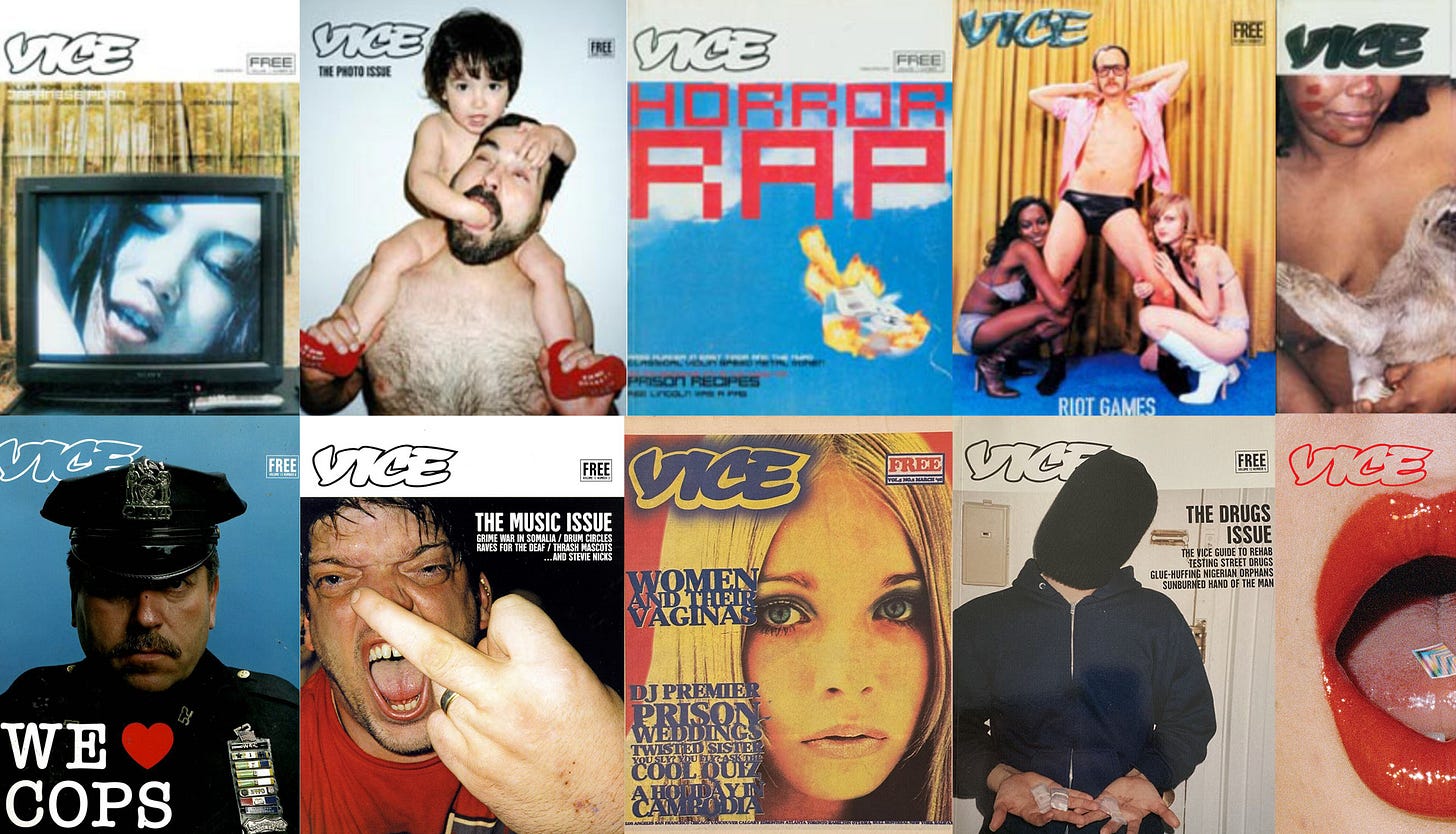loream ‘Vice’ Went from a $6 Billion Media Empire
The beginning of the end came in 2017.
After a New York Times report exposed the supposedly sexually charged “boys’ club” atmosphere at Vice—a magazine started by three boys in 1994—a clutch of employees publicly condemned their employer for its past and demanded that the company that paid their salaries start acting like an entirely different company.
Vice co-founder and CEO Shane Smith, once a frequent presence in the New York office, retreated to his $50 million L.A. mansion and transferred control of the company to a female CEO, former A&E Networks head Nancy Dubuc. A staff-wide email from Smith and fellow Vice co-founder Suroosh Alvi, sent hours before the Times story dropped, offered an expression of “extreme regret for our role in perpetuating sexism in the media industry and society in general,” which rather overestimated the company’s influence and overstated their sense of contrition.
After all, Vice’s top leadership, in private, was far less acquiescent, bitterly arguing that the Times story was a conclusion in search of supporting anecdotes, with complicating facts ignored to sustain a predetermined narrative. Regardless, profuse apologies were demanded and frequently repeated. But they weren’t enough.
The walls of Vice’s sprawling Brooklyn headquarters were lined with magazine covers charting the company’s transformation from insouciant Canadian post-punk magazine to money-printing media colossus. In early 2018, long before college students discovered that dispatching problematic statues into canals would be reliably met with institutional approval, a group of employees demanded that the covers be removed from the walls.
Not a specific cover. All of them.


